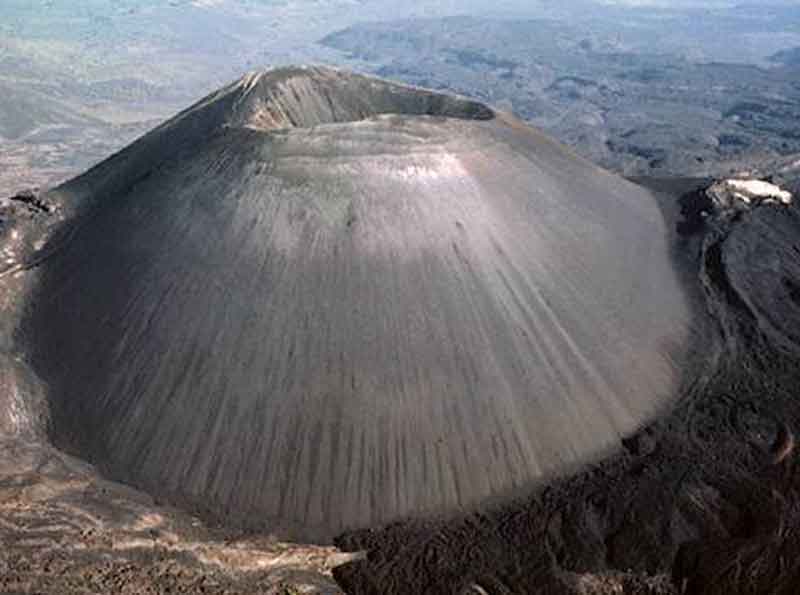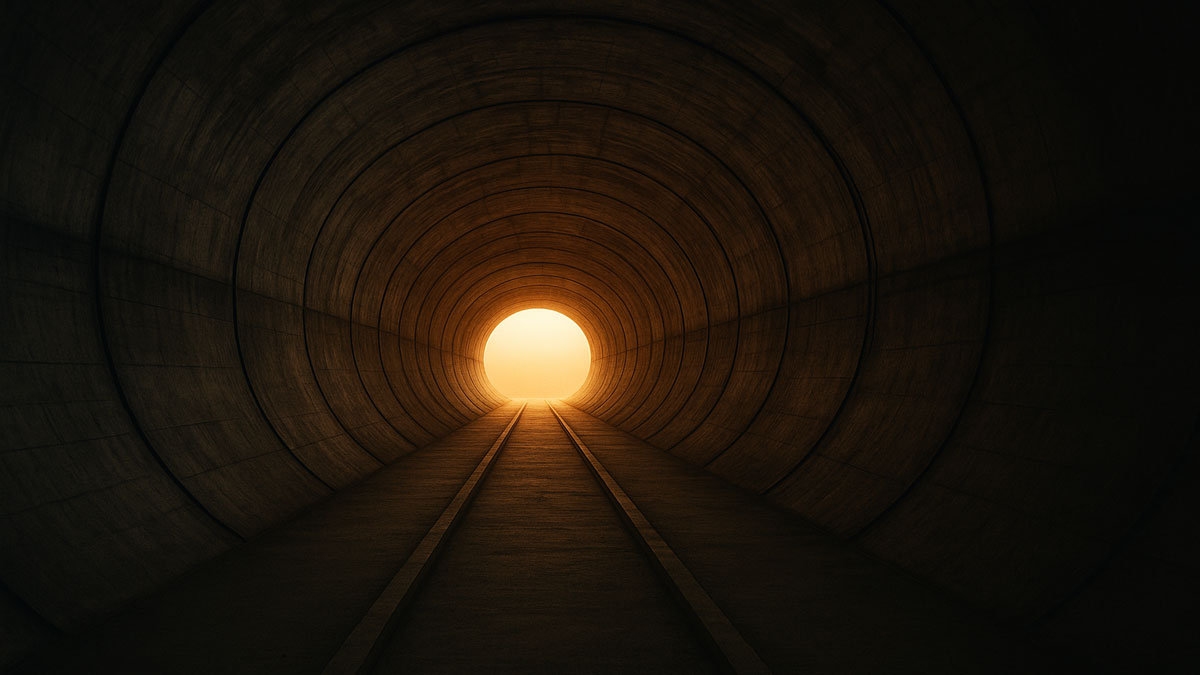Volcanism is a vital process that involves bringing material from a planet’s deep interior and releasing it onto the surface. This phenomenon contributes to a planet’s cooling and introduces new molecules into the atmosphere through eruptions. In addition to traditional volcanoes, geysers and hot springs play a role in the volcanic process by involving water and hydrothermal activity.
Interestingly, some celestial bodies, such as Jupiter’s moon Europa, display icy volcanism, yet another variant of this dynamic process involving water.
There are several ways that volcanoes form. Just as there are several different types of volcanoes, they form in several ways. Just as there are several different types of volcanoes, there are several ways that volcanoes form. The most common cause of volcanic activity on Earth is the subduction of the Earth’s crust.
Types of Volcanoes:
Among the different types of volcanoes are:
- Composite Volcanoes
- Shield Volcanoes
- Caldera
- Cinder Cones
- Spatter Cones
Composite Volcanoes :

Composite volcanoes, also known as strato-volcanoes, are the most majestic. Unlike the broad and flat shield volcanoes, these giants are tall, symmetrically shaped, with steep sides, and can reach heights of up to 10,000 feet. They comprise alternating layers of lava flows, volcanic ash, cinders, blocks, and bombs.
Shield Volcanoes :

Shield volcanoes can reach enormous sizes and are believed to form the oldest continental regions on Earth. Unlike the tall and slender composite volcanoes, shield volcanoes have a broad, flat, and rounded shape.
The Hawaiian volcanoes are prime examples of shield volcanoes formed by numerous lava outpourings from a central summit vent or group of vents. These outpourings generally do not contain pyroclastic material, making shield volcanoes relatively safe.
Mauna Loa, the largest shield volcano, rises 13,677 feet above sea level and reaches over 28,000 feet from the ocean floor. If much of it were not underwater, it would be the tallest mountain in the world. Notable shield volcanoes include Mauna Loa and Kilauea, two of the world’s most active volcanoes, and Olympus Mons on Mars.
Caldera:

The most vital type of volcano is the caldera. When these volcanoes erupt, they create a massive circular hollow on the Earth’s surface, typically less than 40 kilometers in diameter. Calderas are formed when water-rich granitic magma rapidly ascends to the Earth’s surface.
As the magma nears the surface, it cools to form a dome, and the gaseous water inside the magma creates intense pressure due to expansion. When the pressure becomes too great, the dome and magma explode into the Earth’s atmosphere.
In 1883, a caldera volcano on the island of Krakatau erupted, ejecting 75 cubic kilometers of material into the air and leaving a 7-kilometer-wide depression in the ground. A potentially very destructive caldera, covering an area of about 2000 square kilometers, exists beneath Yellowstone National Park in the United States.
Cinder Cones :

Cinder cones are uncomplicated volcanoes with a bowl-shaped crater at the top. They typically reach about a thousand feet in height, like a hill. Unlike stratovolcanoes or shield volcanoes, which can erupt from multiple openings, cinder cones are usually formed by eruptions from a single opening.
They are primarily composed of piles of lava rather than ash. During an eruption, globs of lava, known as “cinders,” are propelled into the air and break into small pieces that scatter around the volcano’s opening.
As depicted in the image below, these accumulated fragments form an oval-shaped small volcano. Notable cinder cones include Paricutin in Mexico and another prominent one in the middle of Crater Lake.
Spatter Cones :

When magma bursts with enough gas to hinder the formation of a lava flow yet not enough to break into small pieces, the lava breaks into chunks of liquid called spatters, measuring between 1 and 50 cm in diameter. As the spatter falls back and consolidates around the vent, it forms what is known as a spatter cone.






